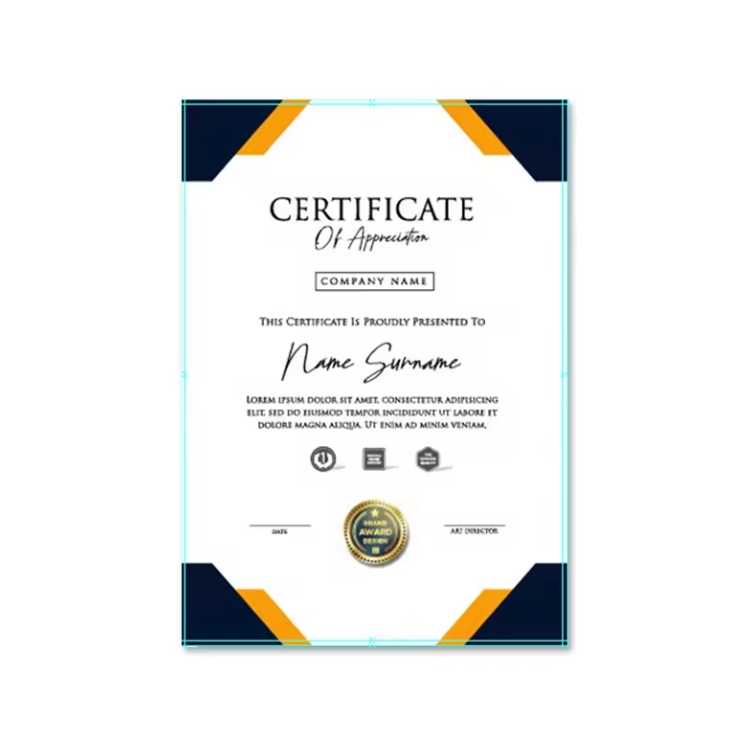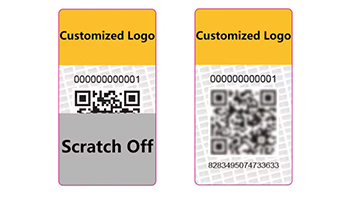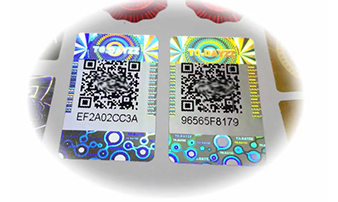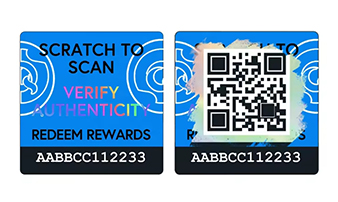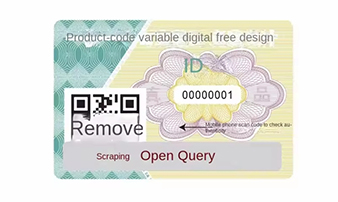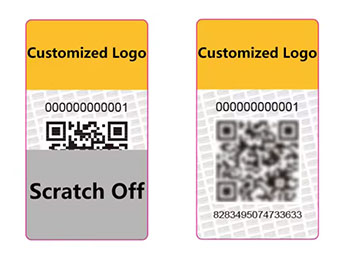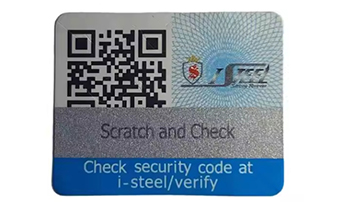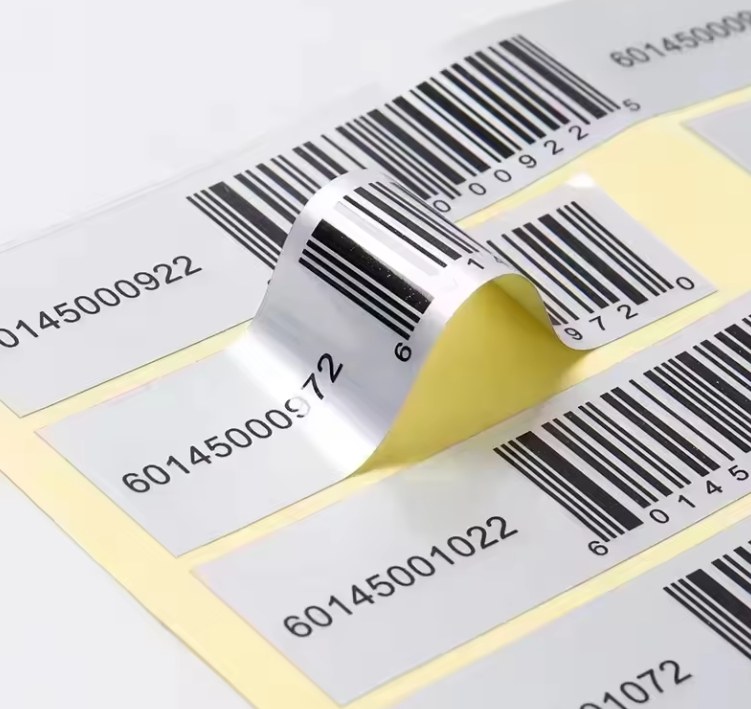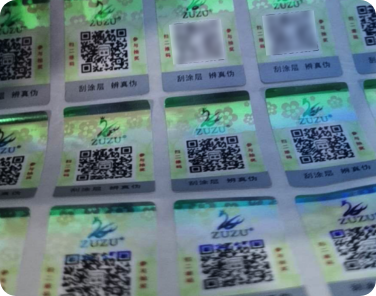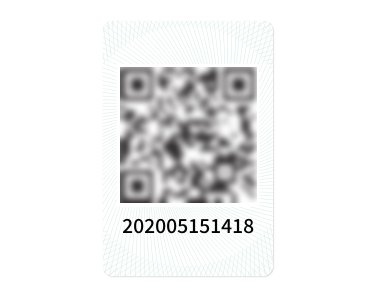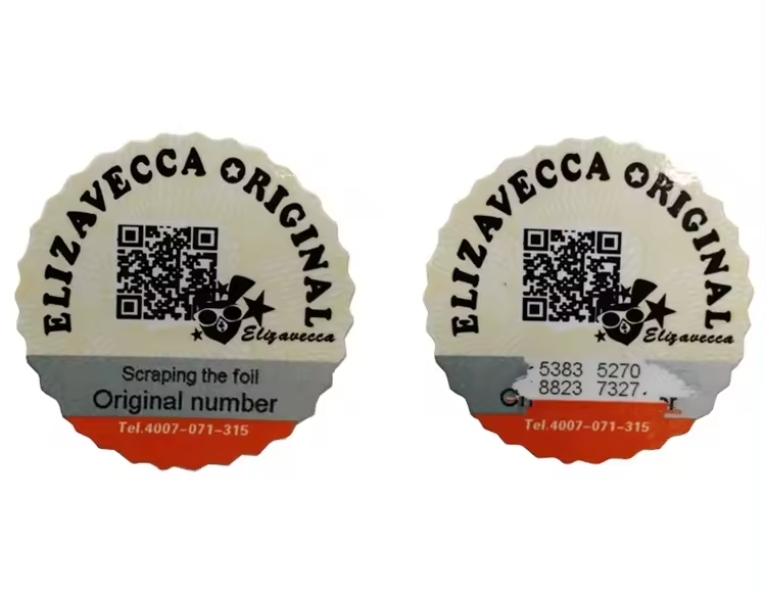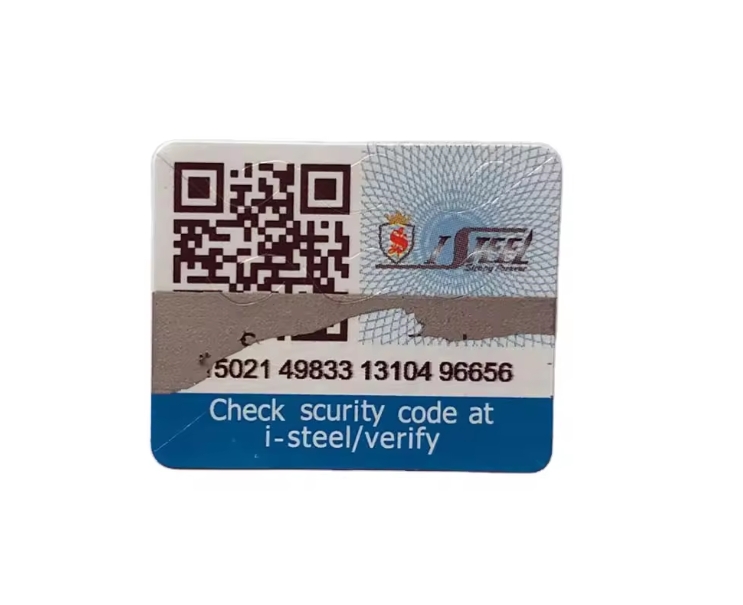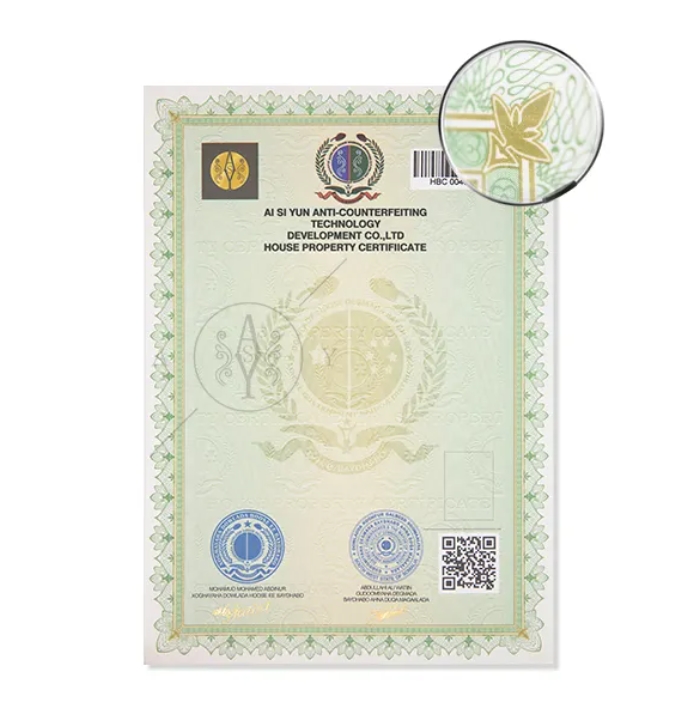Scraping card anti -counterfeiting is a simple and practical anti -counterfeiting technology. The authenticity of the product is verified by scraping the coating.
In modern business society, brand security issues have attracted much attention, and many brands are seeking a reliable anti-counterfeiting technology to ensure that their products are not replaced by fake and inferior products. In this case, scratch card anti-counterfeiting technology came into being.
Scratch card anti-counterfeiting technology is a relatively simple and practical anti-counterfeiting technology. Scratch cards refer to cards coated with a layer of special material. Consumers need to scratch this coating to check the authenticity of the product. The coating material can be silver foil, gold foil, paint, ink, etc. These materials have a certain anti-counterfeiting effect and can effectively prevent counterfeiters from producing fake products by copying product packaging.
Specifically, manufacturers can add some special marks or patterns when coating scratch cards, such as QR codes, barcodes, company logos, etc. Consumers can use this information to determine the authenticity of the product. In addition, the coating on the scratch card will have different reflective effects, and consumers can use these special effects to judge and identify authenticity.
Scratch card anti-counterfeiting technology is not only simple and easy to use, but also low-cost and widely applicable. It can be widely used in the anti-counterfeiting field of various consumer goods such as food, medicine, cosmetics, electronic products, clothing, shoes and hats. Consumers can easily verify the authenticity of products using scratch cards, while manufacturers can use anti-counterfeiting technology to strengthen the credibility and image of their product brands and improve their market competitiveness.
In short, scratch card anti-counterfeiting technology is a simple and practical anti-counterfeiting technology, which can effectively protect the safety of brands and avoid the circulation of fake and inferior products. Whether from the perspective of consumers or manufacturers, it is an indispensable anti-counterfeiting tool.




